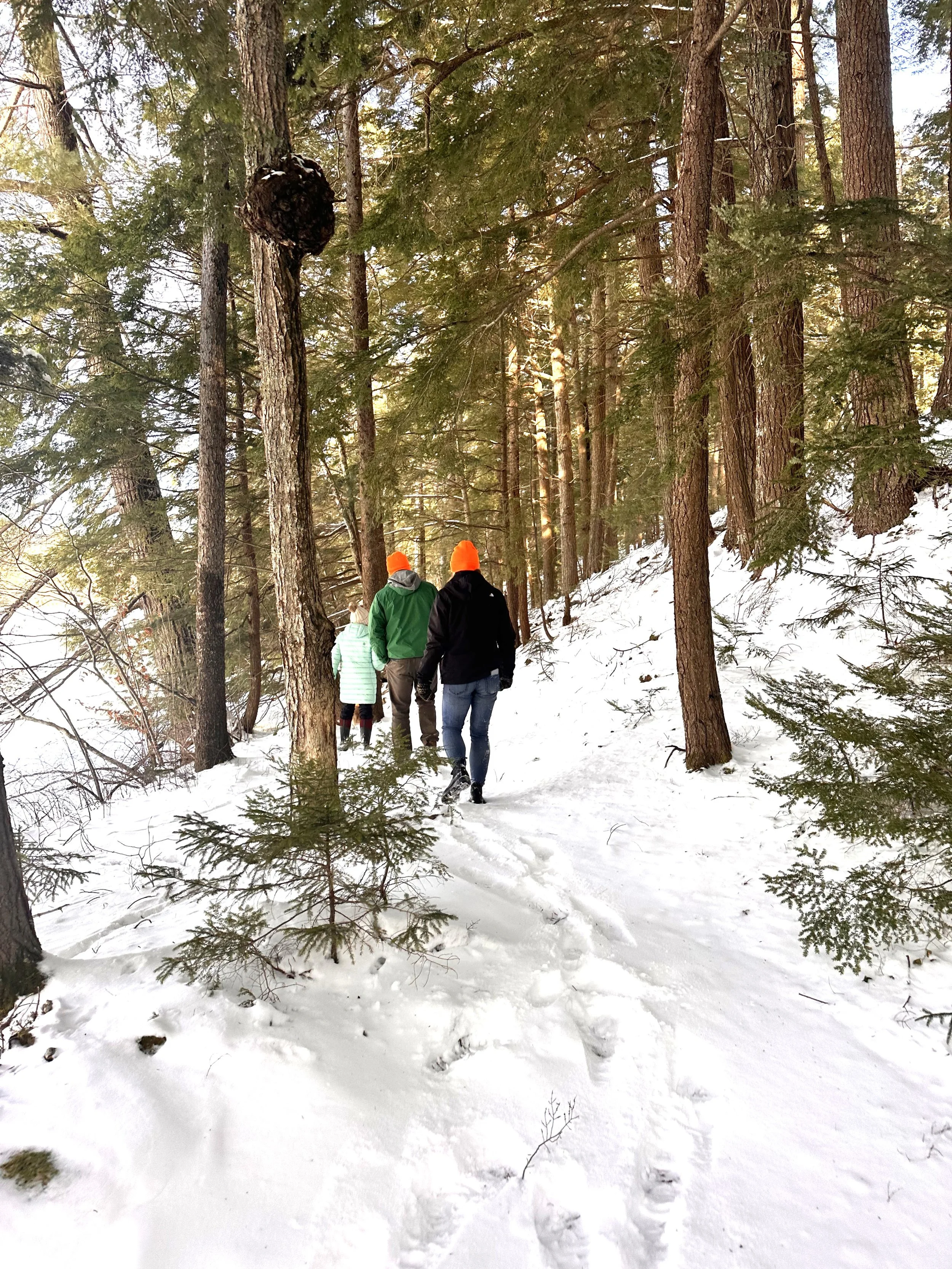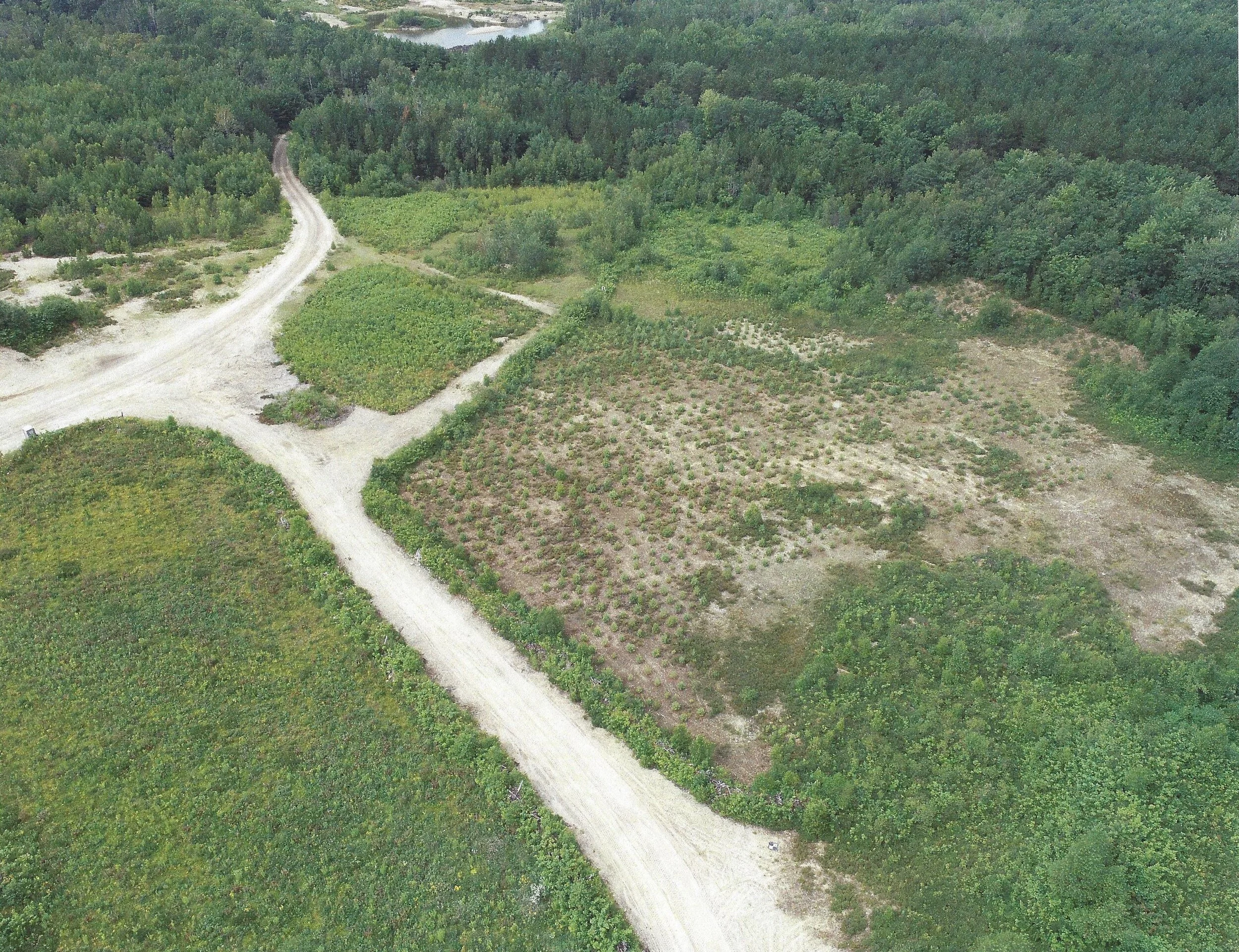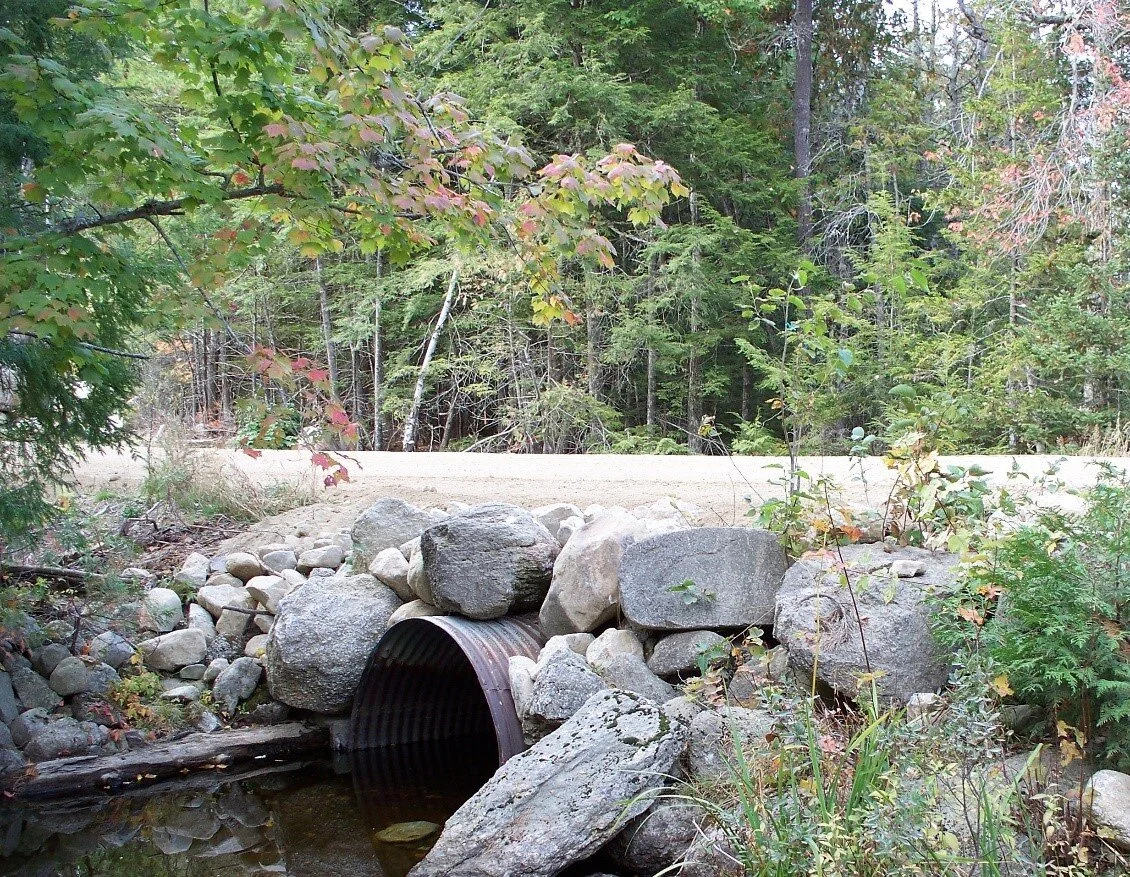Olivia Nicolarsen, forestry outreach coordinator, provides an overview of NRCS cost-share programs that provide financial assistance for woodland owners to improve the health of their forests.
Read MoreForest Outreach Coordinator, Olivia Nicolarsen assists woodland owners and foresters with the implementation of practices to enhance their forestland.
Read MoreLand Trust forester, Joe Hutton, talks about the ingredients needed for a good harvest operation.
Read MoreWood banks offer Mainers in need access to firewood to stay warm in the winter.
Read MorePete Tracy discusses the benefits of using firewood as a source of home heating.
Read MoreFred Huntress discusses the effects whole tree harvesting has on winter deer yards.
Read MoreMax McCormack provides an overview of DBH (diameter breast height) and its usage in forest management and silvicultural considerations.
Read MoreBob Seymour discusses the various options he considered when deciding whether to pursue selling forest carbon credits from his various woodlots or to continue harvesting the properties for timber.
Read MoreFelix Blinn provides an overview of his approach to supporting his forest management activities of his 180 acres in Piscataquis County.
Read MoreIn Maine, all unposted private land is open for public use. This provides a wonderful opportunity for hikers and other types of recreationalists to experience our state’s beautiful landscapes. However, this arrangement can be jeopardized if users aren’t considerate and leave impacts on the land.
Read MoreMax McCormack discusses the history of how the US moved from wild grown to plantation grown Christmas trees over the past century.
Read MoreTemporary stream crossings are an important part of forest management. Wood mats are one way to ensure that large equipment can cross streams without water quality reduction.
Read MoreThe Chandler family operates a gravel pit on part of their woodland holding in New Gloucester as an additional revenue source. Their priority, however, is ensuring that once the gravel pit is exhausted, the land is restored to a healthy and productive forest.
Read MoreBob Seymour provides an overview of the silviculture recommendations he provided Tom Allen after a walk in his Sebago woods.
Read MoreSometimes with our woodlands, change is out of our control. That’s certainly the case when beavers are involved. A once dry forested area at Beauregard Woods turned into a wetland thanks to a group of industrious beavers. Then came the herons.
Read MoreBob Seymour and Jessica Leahy were the winners of the 2020 Maine Outstanding Tree Farmer of the Year award for their tree farm Wicopy Woods. Bob Seymour provides an overview of some of the key silviculture practices conducted on their property and the results they have had so far.
Read MoreShoreline zoning in Maine is set by towns. Cutting trees in any woodland zoned as such must follow local rules.
Read MoreProperly sized stream crossings can last for many years, prevent washed out access road, while protecting water quality.
Read MoreSilviculture can improve carbon storage in stands but it isn’t straightforward. Considerations have to be made at both the individual stand level and the landscape level.
Read MoreTrees remove CO2 from the atmosphere through photosynthesis, a process where a plant’s leaves transform sunlight, into energy. Leaf Area Index of a forest can determine how much photosynthesis is occurring and translating that into growing carbon. This growth can contribute toward potentially selling offsets in the carbon market.
Read More




















